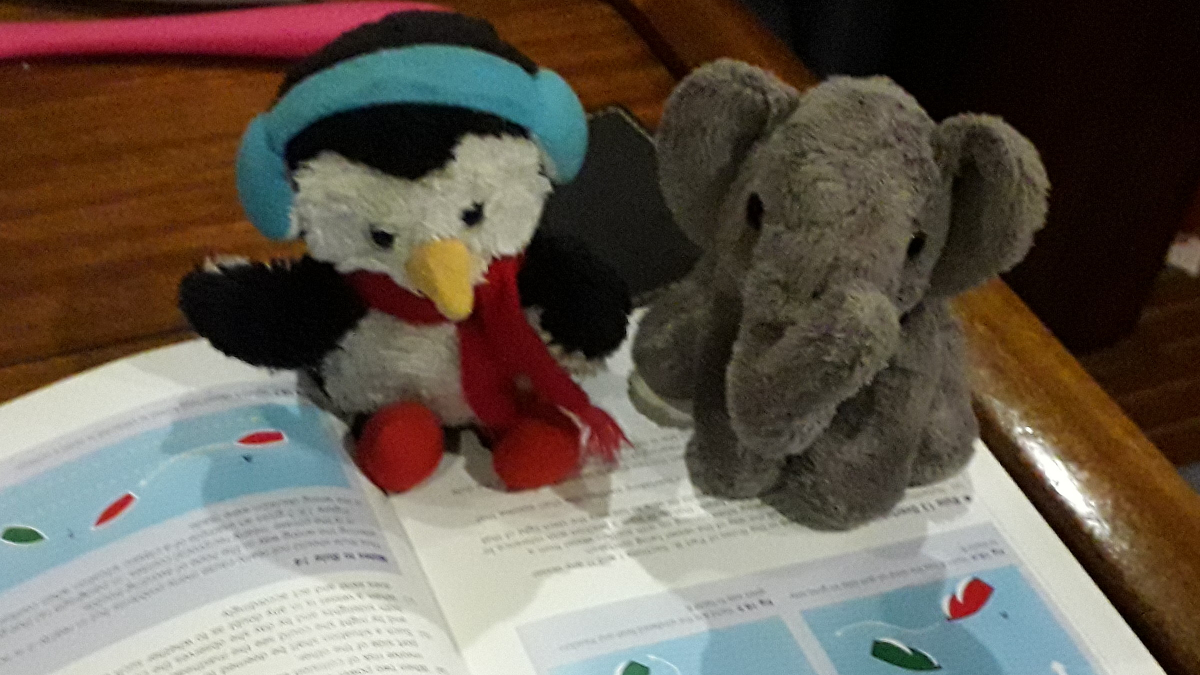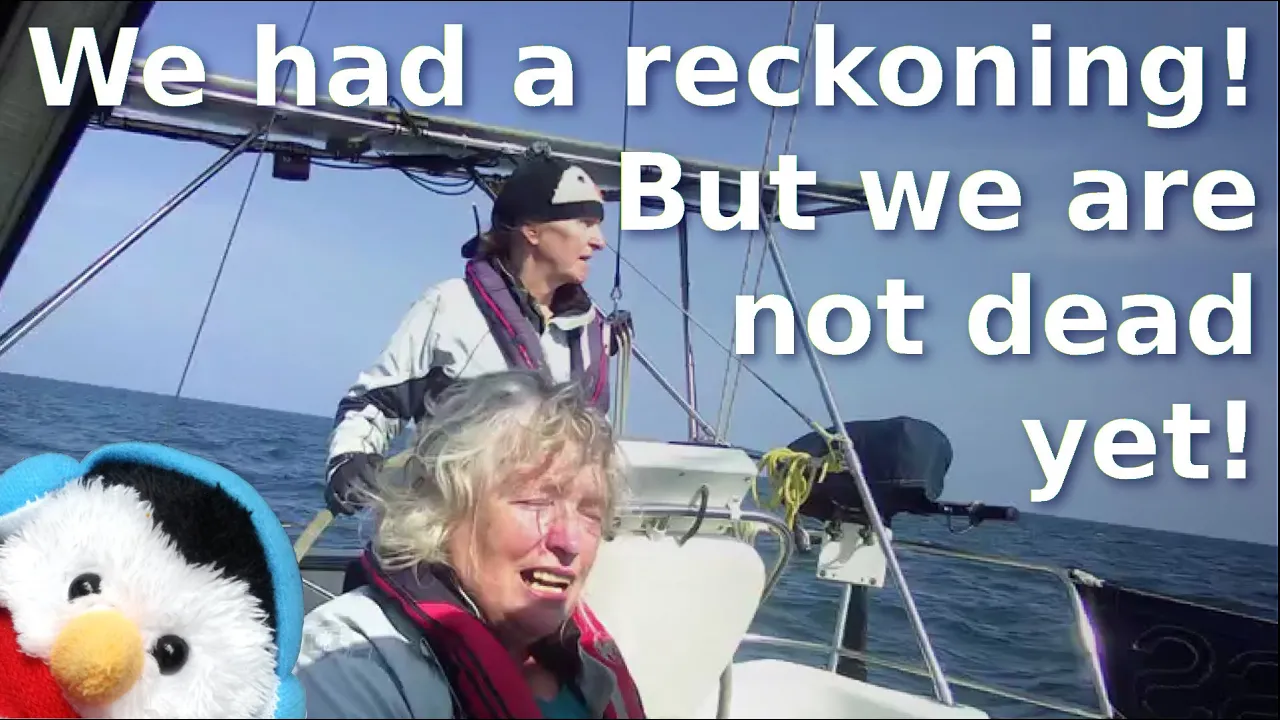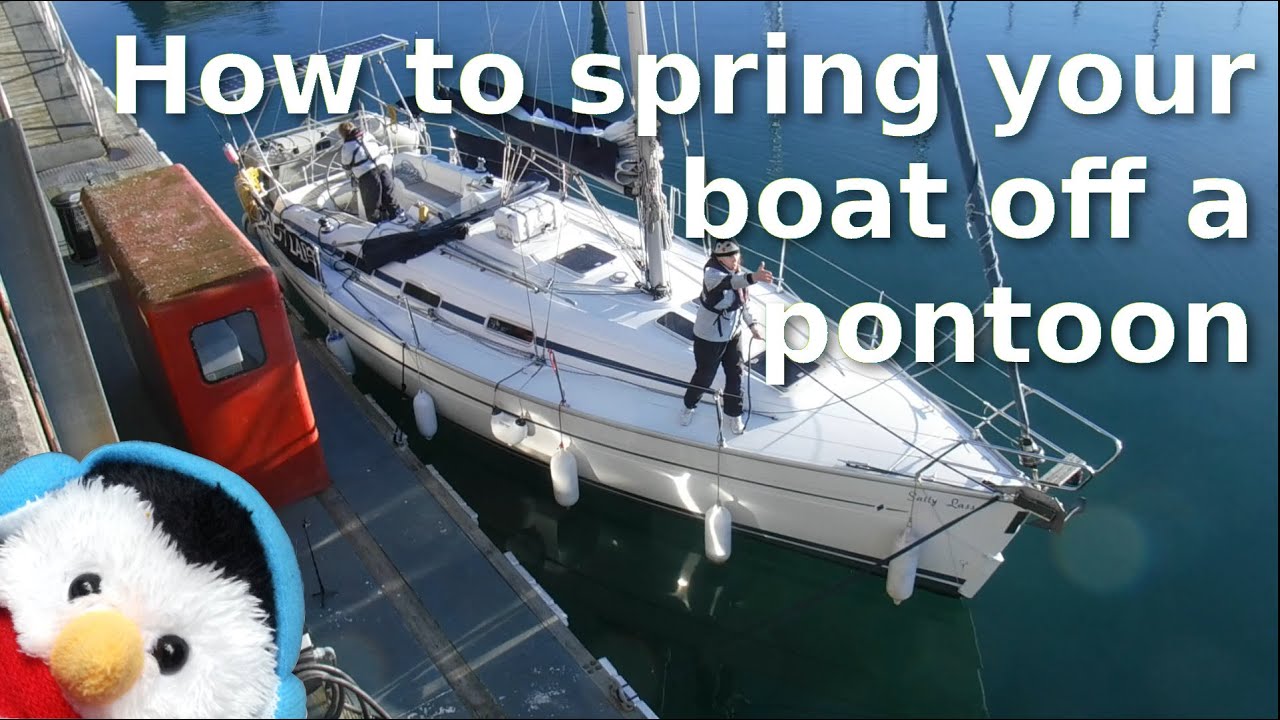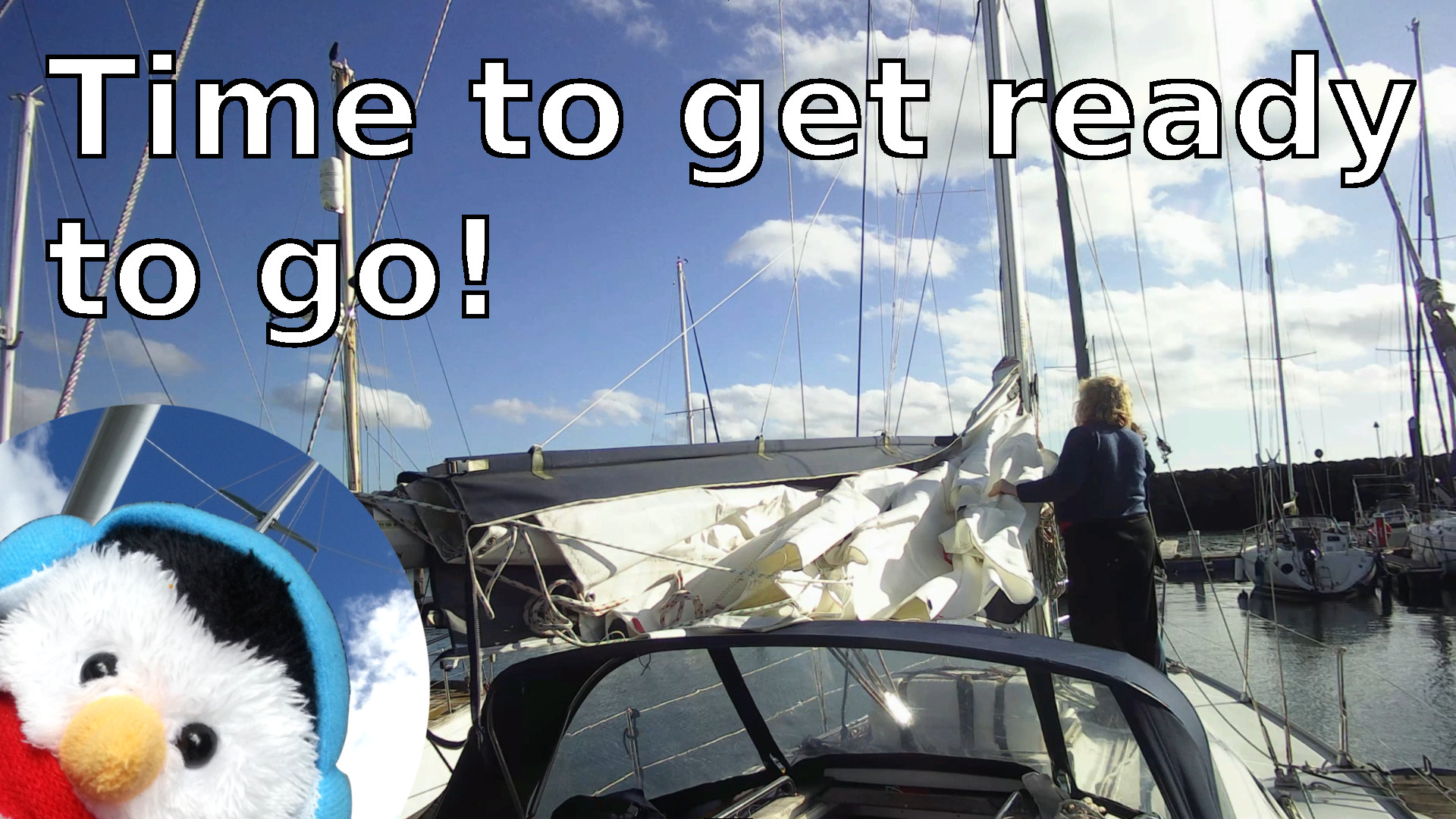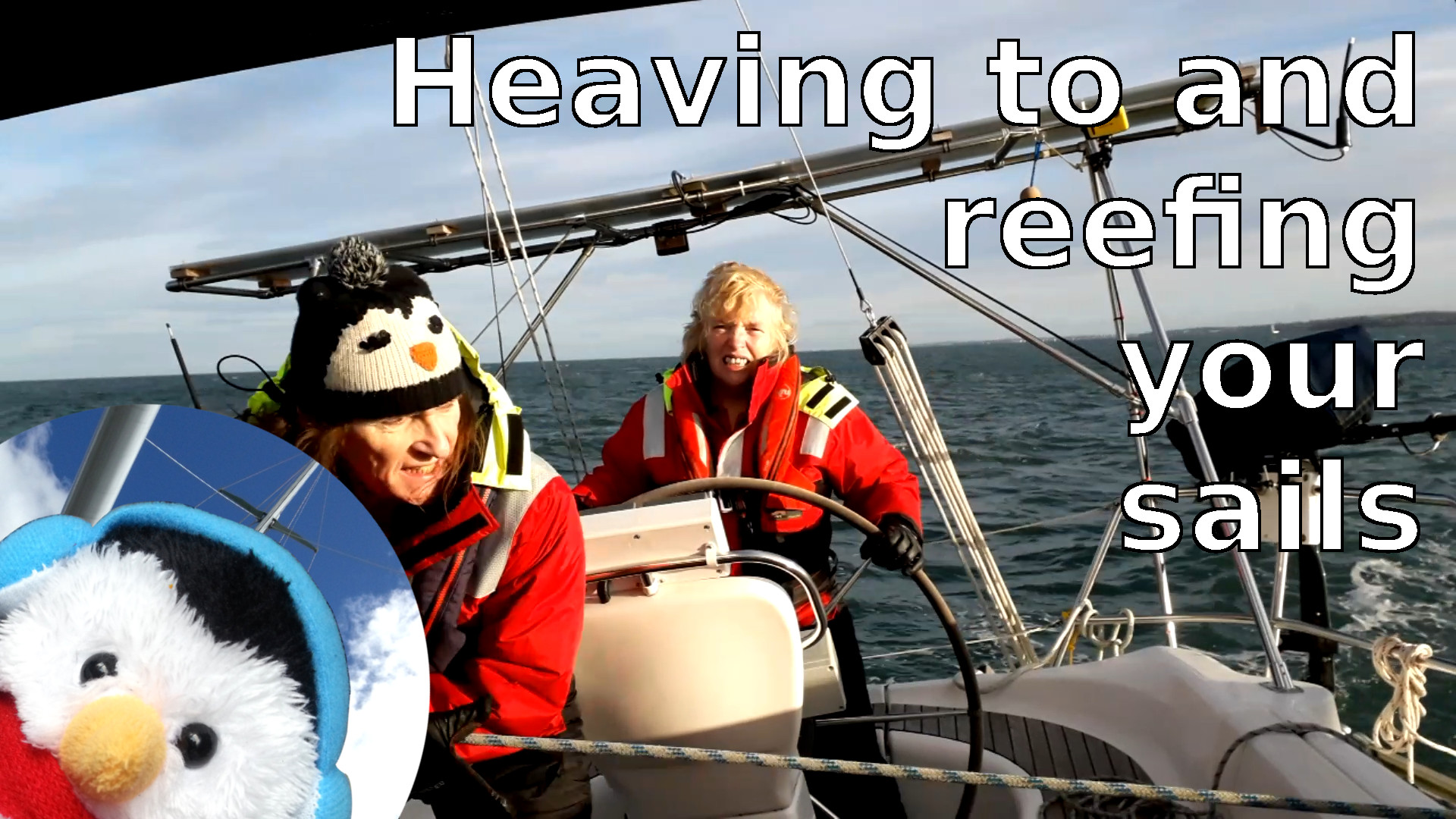When you read the collision regulations then it is important to create your own summary on them. This is our summary, and represents the main points that we thought were important.
Part A - General
- The collision regulations are the basic rules. Others, like harbour authorities or governments can add to or change the rules.
- There is No Right of Way
- Under the rules, a sailing vessel only applies to a yacht when it is sailing
Part B - Steering and Sailing
- The rules apply in any colition of visibility
- You need a proper lookout
- You should proceed at a safe speed
- You should take all precautions to avoid a collision
- If you think you are going to collide, make large movements in plenty of time.
- In narrow channels remember that larger vessels are less manoueverable. Also if you plan to overtake another vessel sound the appropriate signal.
- Yachts under 20m should use inshore traffic zones where possible. Otherwise keep to the correct lane in a traffic seperation scheme or cross the zone at 90°
- The following rules apply to all vessels
- When two sailing vessels approach each other, the vessel that has the greatest manoeuverability should get out of the way
- Behind the yacht is classed as the overtaking zone
- When two power vessels approach each other both are responsible for avoiding collision and they should go to starboard, where possible.
- When two power vessels are crossing each other the one that has the other on the starboard side should give way
- If you are the give way vessel make early and substantial action to avoid collisiion
- If you are the stand on vessel keep a steady course, unless you need to take action to avoid collision
- In general the most manoeuverable vessel should give way to the least manoeverable vessel
- In restricted visibility, proceed at a safe speed and use all means possible to avoid collision
Part C - Lights and Signals
- Use lights at night and in poor visibility, use shapes by day
- The lights on your vessel, such as Mast headlight, Sidelights, Sternlight, Towing light, All round light and Flashing Light have specific meanings.
- The distance that your lights should be seen, depends on the size of your vessel
- The lights of a power driven vessell
- The lights required for towing and pushing
- The lights for sailing vessels and rowing boats
- The lights for fishing vessels
- The lights of vessels not under command
- The lights for vessels constrained by draught
- The lights for pilot vessels
- Anchored vessels and vessels aground
- Seaplanes
Sound and light signals
- A short blast on a wistle is for 1 second while a long blast is for four to six seconds
- If you are under 12m, then you need to be able to make the blasts in whatever way you see fit but over 12m then you need the correct sound, whistle, bell or gong
- When making a manouver then indicate your intension with the correct sound signal
- In restricted visilility use sound to indicate position and movement
- If you need to attract attention, use sound singnals that have no other meaning
- When in distress, you can use any of the signals explained in Annex IV
Annex II
Some fishing vessels work in groups, or may have nets between the two vessels, when this happens additional lights may be shown. The most important phase is may be, so althogh it is great that some boats will show two white lights in a line, if you see fishing vessels close to each then treat them as a whole and stay well clear.
Annex IV
There are several ways of signalling distress including firing a flare, declaring a Mayday and slowly raising and lowering of hand signals.



